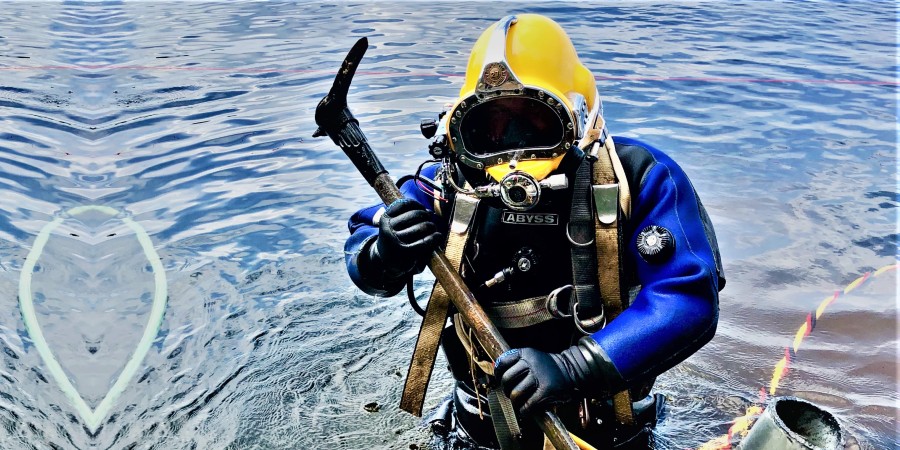Deep dive E-learning for Industrial 5.0

With digital expectations evolving quickly, companies are on their way to master a complex landscape of technologies, marketing approaches and operational capabilities. Important opportunities in the digital learning sphere will require a strong will to succeed – what is required is a more radical abandoning of traditional ways of learning that hinders growth.
When we perceive learning, the pressure is always on increasing the level of interactivity in learning. Reason, it drives interest and engagement, which improves learning outcomes and facilitates better knowledge retention.
In safety E-learnings at ASK-EHS, we extend our interactivity from simple click-to-reveal kind-of actions to creating situations and scenario reproductions and decision texts. Interactive elements explain the topic best to the learner and one can develop a deeper comprehension of a subject via a protected, experimentation-like environment.
However, these levels vary according to the nature of the content, the technological infrastructure and environment, the target audience, the desired outcomes and the budget – so proper brainstorming becomes necessary before adapting any new approach.
Simple interactivity levels that we use in our safety E-learnings (according to the customer needs) are given below –
- Level 1 or page turners
A very basic level of interactivity, a learner watches a video or recording or receives a text onscreen with minimum use of media. Media can include photographs or icons. The learner has a minimal control on the environment as the level of interactions are quite passive, but still better than the Power-Point presentations because here, content is broken down into smaller, bite-sized pieces.
The sections can be followed by a basic assessment, depending on the gravity of the chosen topic.
- Medium to high interactivity
Here, the learner is given away some controls, with the use of animation, graphics and click-to-reveal activities such as clickable tabs, icons, infographics etc. One can opt safety E-learnings for introductory videos and product demonstrations and he/she can associate with the learning conditions through ‘problem areas’ with interactive assets of movement, sight and sound.
The main focus in such interactivity lies in on-the-job-performance improvements such as process and product training and skill development instead of just knowledge transfer. Content overload is of less concern since learner can take digestible chunks of information, at their own pace.
- Advanced interactive elements (videos/explainers)
High level of instructional and visual design contains self-checks and activities with an increased degree of sophistication. This can employ a storyline with characters and the creation of personalized, dynamic environments help in teaching complex theories and concepts, delivering a better learning impact.
Live recordings of safety site injuries or processes can train EHS professionals and their teams, helping them gain through a more relatable setup. Graphics, animations and custom illustrations use multiple paths or branching for active learning, where one can have a higher degree of control over the learning environment.
All of this requires a basic pre-requisite research – learner personas, their level of comfort with training, their requirements, budgets and business needs for a visual design strategy.
Establishing a true omnichannel perspective within organizations to drive digitization, not-so-deep transformations like above allow a more concrete look and feel of safety learnings within the organization.
Developing learning delivery from the core encourages strong collaborations and daily interactions within teams – one can identify and remove roadblocks early in case of knowledge inefficiencies and pragmatically iterate new approaches and solutions.


